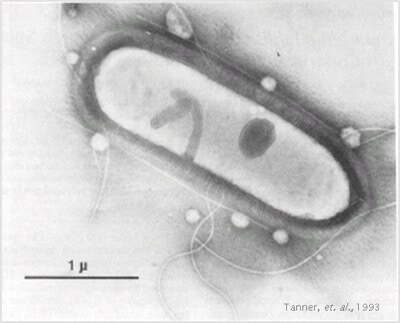Cornell University biological engineers have deciphered the cellular strategy to make the biofuel ethanol, using an anaerobic microbe feeding on carbon monoxide – a common industrial waste gas.
“Instead of having the waste go to waste, you make it into something you want,” said Ludmilla Aristilde, assistant professor in biological and environmental engineering. “In order to make the microbes do our work, we had to figure out how they work, their metabolism.”
Aristilde collaborated with her colleague Lars Angenent, professor of biological and environmental engineering, on the project. She explained, “The Angenent group had taken a waste product and turned it into a useful product.”
To make biofuel from inorganic, gaseous industrial rubbish, the researchers learned that the bacterium Clostridium ljungdahlii responds thermodynamically – rather than genetically – in the process of tuning favorable enzymatic reactions.
Synthetic gas – or syngas – fermentation is emerging as a key biotechnological solution, as industrial-sized operations are looking to produce ethanol from their gaseous waste streams, according to Angenent, a fellow at Cornell’s Atkinson Center for a Sustainable Future. The scientists sought to grasp the physiological nature of the process: “These findings are important for the syngas fermentation community to design future strategies to improve production,” Angenent said.
The scientists found the microbe feasts on and then ferments carbon monoxide. “When I eat food, I get energy out of my food by metabolizing my food,” Aristilde said, an Atkinson fellow. “Microbes are the same. In terms of biostructure, the bacterial cells are starving for nutrients, so they are responding metabolically – which leads to a desired outcome, ethanol production.”
To get the microbe to ferment the carbon monoxide, scientists “bubble it in the growth medium solution,” explains Angenent, where the cells can feed on it. Angenent said carbon monoxide gas emitted as a byproduct of heavy industries – such as the process for coking coal in the production of steel – can potentially be channeled to bioreactors that contain these bacterial cells.
Said Aristilde: “The microbial cells then turn it into ethanol, an organic molecule. And carbon monoxide, an inorganic molecule, turns into something valuable we can use. That’s what makes this special.”
The study, “Ethanol Production in Syngas-Fermenting Clostridium ljungdahlii Is Controlled by Thermodynamics Rather Than by Enzyme Expression,” was published in the May 2016 issue of Energy and Environmental Science and was funded by the National Science Foundation, the German Research Foundation, philanthropist Yossie Hollander and the Foundation des Fondateurs.

